When installing a new window, more considerations go into it than we realize. For instance, you know that the window should be perfectly aligned. But should it be flush with the siding? We answer this question for you in this post!
Windows should not be flush with the siding. The siding should stick beyond the window for 1/4 to 3/8 inches. This also allows enough space for flashing to prevent water and dirt from going through.
Siding that is not flush with the window is standard practice since it satisfies both form and function.
All of these terms can confuse those new to window installation. What does it mean when something is flush, and how do you correctly install windows with siding if it cannot be so? We will discuss everything you need to know in the following sections, so keep reading!
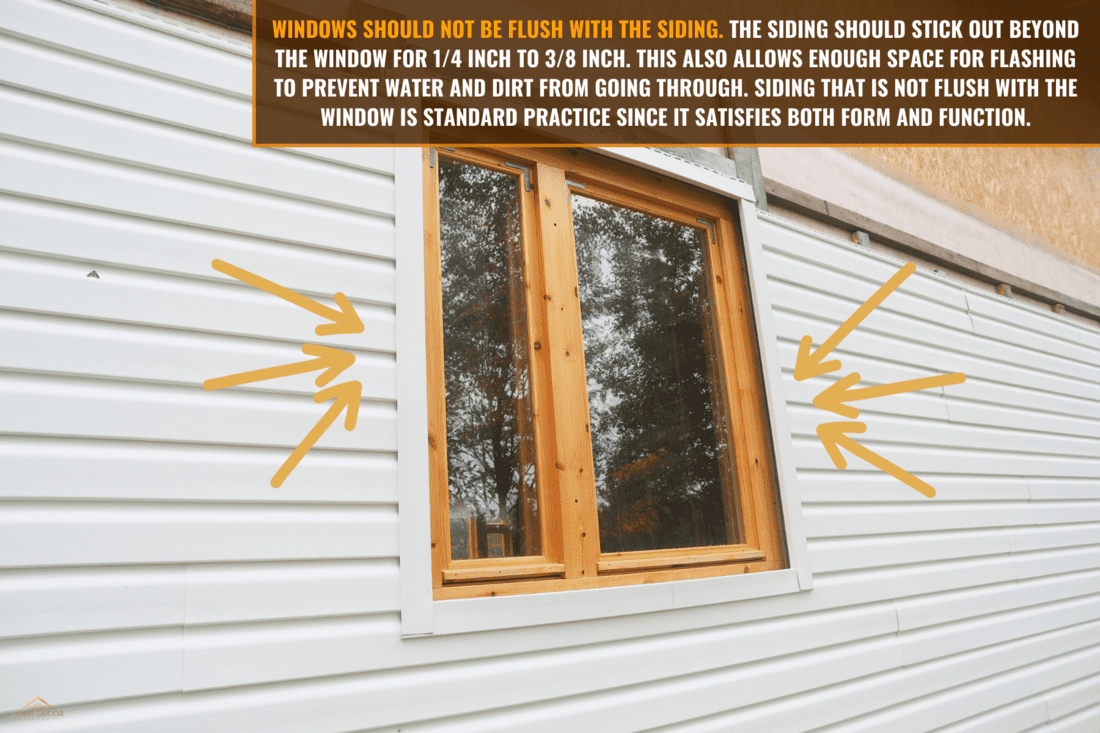
What Does It Mean When Something Is Flush?
We sometimes add affiliate links and content that was curated and created by our team with the help of advanced ai tools to help showcase the best design styles.
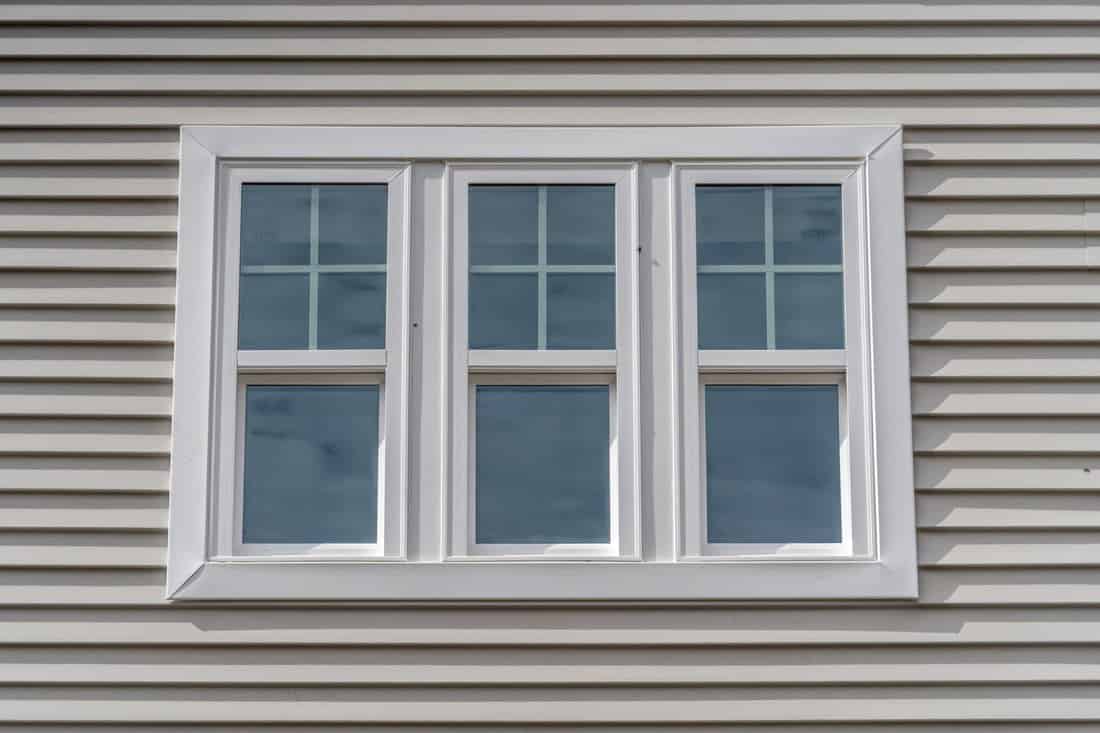
In carpentry, flush refers to two surfaces that, when joined together, create a perfectly flat surface. This means nothing is sticking out over the other.
In the case of windows, we have established that the siding and window must not be flush. Most windows, however, should be flush with the wall.
If two surfaces are not flush, then this is where we introduce two other terms, namely "proud" and "shy."
As these words suggest, the proud surface is the one that sticks out, while the shy surface is further back. For windows, the siding is the one aligned proud, and the window is the one aligned shy.
Do not confuse the word flush with "flashing." This is another common word when talking about window installation.
Essentially, flashing is the strip of material you install around the siding between the window to create a seal. It is thin, flexible, and waterproof.
You must also install flashing between the window and exterior wall. This creates a watertight and wind-tight seal, which leaves your home fully secure. Window flashing comes in flashing tape, molded vinyl, and a drip cap, to name a few.
Should Windows Be Flush With Siding?
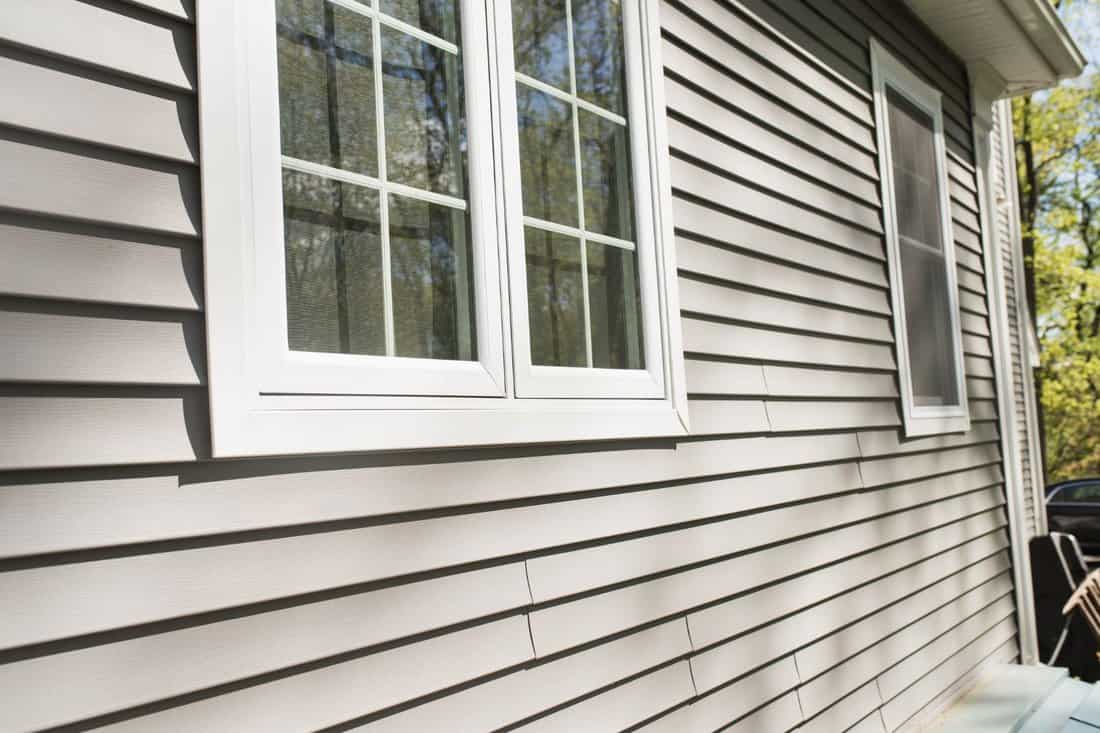
As we have established, windows should not be flush with the siding. Instead, windows should be a "shy" piece. This looks better aesthetically, but there is also a functional reason for this.
If windows were completely flush with the siding, there would be nothing protecting the sides of the windows or keeping them secure to the wall.
Sidings are sometimes referred to as trims or wraps since they go around the exterior of your window.
With the siding sticking out, there is a guard between the external elements from the top, bottom, and sides of your windows.
You will still have gaps along its perimeter if you install just the window. Proud sidings leave space for the flashing and are often extended further for window sills.
Window sills stick out at least 3.4 inches from the wall. They can also go out a little further. The primary purpose of window sills is protection, like with sidings.
Since it is placed at the bottom of the window, it is meant to keep rainwater from getting in through the wall and window opening. It also gives structural support at the base of the window.
How Far Should Window Trim Stick Out?
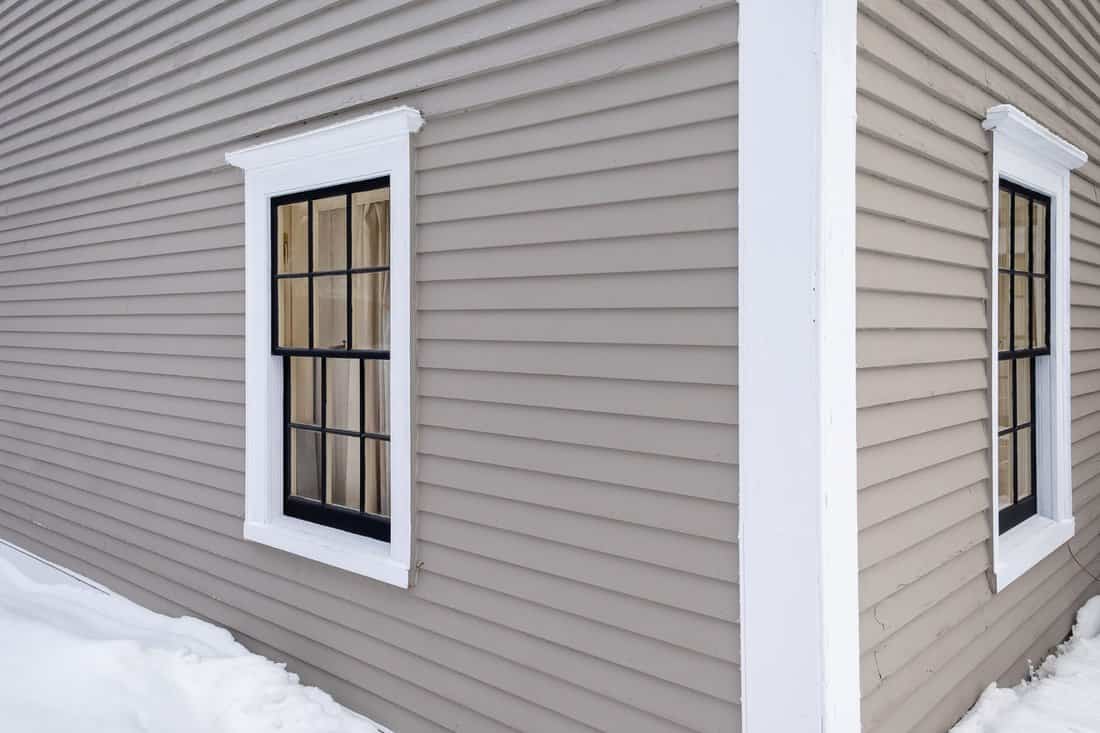
You do not want the window trim or siding to stick out too far. It Should be just enough to protect your window but also enough for it to keep itself up.
Should the siding stick out too far, this risks creating a gap between the window that is difficult to seal. As we mentioned above, the top siding and head flashing need a 1/4 inch to 3/8 inch gap.
This is for the vertical axis. However, due to the make of most standard sidings, it also sticks out of the window horizontally.
Factory standard sidings are typically 0.035-0.04 inches thick. Some are even 0.50 inches thick.
These measurements are primarily for vinyl sidings, but there is a wide variety of siding types with different dimensions and measurement requirements.
Aside from vinyl, sidings come in wood, metal, and fiber. You can get them in styles like shingles, scallop siding, or the standard clapboard.
These are bound to stick out the side of your window, but some might protrude more than others. They may also need different types of flashing.
How Much Clearance Does A Window Need?
Windows need a significant amount of clearance. This is, so they fit perfectly within your wall.
Measure your window for its height, width, and depth when it fully swings open (for windows with hinges). From here, you can figure out how much space you need.
Measure out the space where you will fit the window.
There should be around two inches of clearance to ensure enough room for adjustments. Be careful not to make the space too large since it could risk the fitting being too loose.
When new windows are fully installed, it is normal to have a gap of around 1/4 inch to 1/2 inch.
This gap is then shimmed. The purpose of this space is to give your window room for adjustment as it settles in. Over time, gravity and age cause your window and walls to move around.
Issues To Look Out For With Windows
Be mindful of any telltale signs of something wrong with your window's installation. For example, while gaps are regular, anything larger than half an inch is a cause for concern.
Loose sidings are also a bad sign.
Keep an eye out for condensation between the window panels. This is the sort of thing that siding and flashing are meant to prevent. When you notice these things happening to your windows, that is a sign of poor installation.
How To Install A New Window With Siding
When installing windows and siding, you do not have to do them in a particular order. You can install either the windows first or the siding first, but the best way is to install them at the same time.
However, if you are installing them one at a time, we recommend doing the windows first.
See this Vinyl Siding Repair Kit on Amazon
Since you install new windows from the exterior, it can be easier to put off the siding until after the windows are installed. This way, you do not run into any issues should the window not fit through the installed siding.
However, if you are replacing windows, chances are you can avoid replacing the siding. Replace your windows from the interior to avoid damaging the siding.
In some cases, however, you may be unable to get to your windows without disassembling the siding.
If you want to install both a window and a vinyl siding, then here are the steps to doing it:
Take Down Your Measurements
You can measure an existing window if this is for a replacement. Otherwise, decide which window measurement you want with a brand-new one.
Remove The Old Window And Siding (If For Replacement)
For replacements, go ahead and disassemble the old window and siding.
Try not to damage the surroundings, such as walls, in the process. Once completely removed, you can carry on to installing your window.
Check The Installation Area
Inspect the wood or wall before installing it to see if any material needs replacing. Once you are clear of rot or structural issues, the windows and siding should be safe to install.
Add sill flashing tape at this point. This extra step creates a safer barrier between water and the wall. Even if some water down gets past the window to the wall, it should be safe. This is especially important for wood walls.
Check If The Window Fits
Fit the window into its installation area. There should be the 1/2 to 3/4 inch gap we mentioned earlier. Make fitting adjustments to the window if you can, but if not, then replace the window with one of the correct sizes.
Fit The Window And Install Vinyl Siding
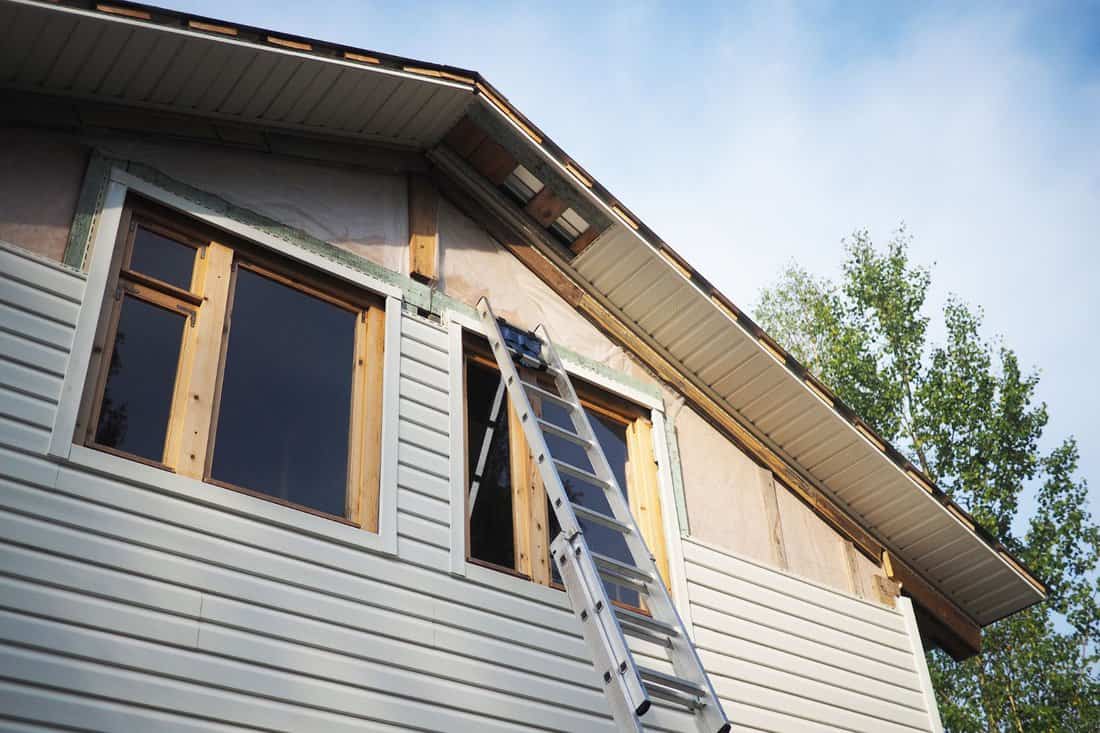
With some help, fit the window and make sure it is flush with the corners. Secure and add sealant. Add J channels to the frame, and then install the vinyl siding.
Since there will be some movement over time, allow for around 1/4 inch gaps between the J-channel and siding to give it enough room.
Click here to see Flashing Tape on Amazon
To Finish Up
Windows should not be flush with the siding. Most sidings protrude out from the window in the home exterior. However, windows must be flush with the walls. Sidings are extended beyond the window to give it and the wall under it extra protection from the elements.
Want to read more? Check out these related posts!


